Design of Multi-purpose Halls in Elderly Facilities
The adaptability and ability of multi-purpose halls in elderly facilities to meet various needs directly determine the quality of the public space.
A multi-purpose hall is a large activity space that integrates multiple rooms. Through reasonable layout and the addition of corresponding equipment and measures as needed, it can achieve the purpose of multi-functional use within a single space. Multi-purpose halls are essential in elderly facilities, as they not only reduce land use and improve economic efficiency but also integrate various entertainment facilities to provide a more comfortable leisure experience for the elderly.
However, a survey by HBK Construction found that most domestic multi-purpose halls often feel "cold," both in terms of layout and usage. The size of the hall is not important; it is the warmth and atmosphere that matter. How can we correctly design and arrange a multi-purpose hall to genuinely encourage the elderly to engage in activities and thus achieve healthy aging?

The design of multi-purpose halls in elderly facilities differs from other facilities, primarily characterized by the flexibility of functional spaces, specifically in three aspects:
1. Flexible space division
2. Versatile facility arrangement
3. Accommodation of various staying modes
1. Flexible Space Division
Multi-purpose halls in elderly facilities often need to accommodate multiple activities simultaneously. To minimize mutual interference, flexible space partitions and multi-layered lighting environments are used.

Flexible Space Partitions: Multi-purpose halls often serve as chat rooms. To avoid mutual interference, lightweight semi-transparent screens or plants can be used to flexibly divide the space.
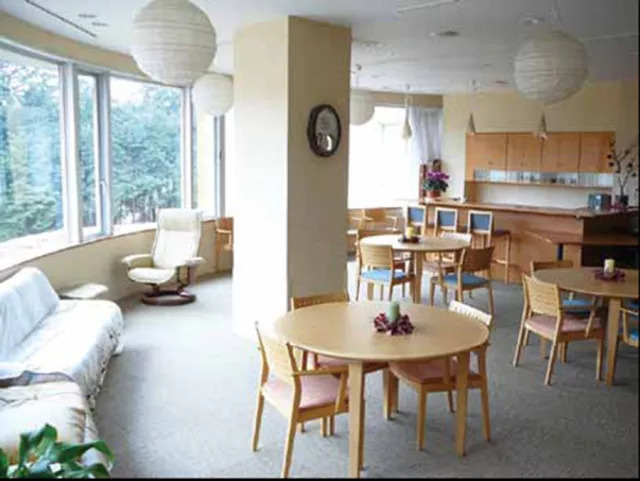
Multi-layered Lighting Environment: By introducing natural light into the interior, a multi-layered lighting environment can naturally delineate different activity areas. For example, sofas and reclining chairs can be placed in well-lit areas near windows for sunbathing, while dining tables can be set in slightly darker areas for meals or casual chats.
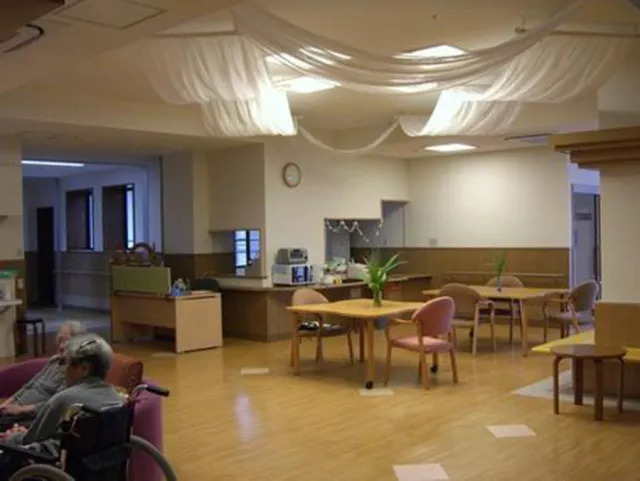
2. Versatile Facility Arrangement
Multi-purpose halls in elderly facilities frequently switch between different functions. Therefore, the activity facilities in the hall should be easy to move, easy to match, and easy to store.
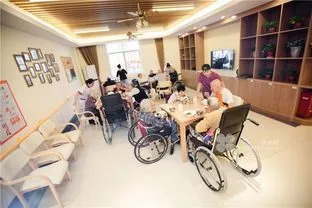
Easy to Move: Facilities should be simple in design, lightweight, or equipped with casters, reducing the workload for staff and allowing elderly individuals to arrange the space according to their preferences.
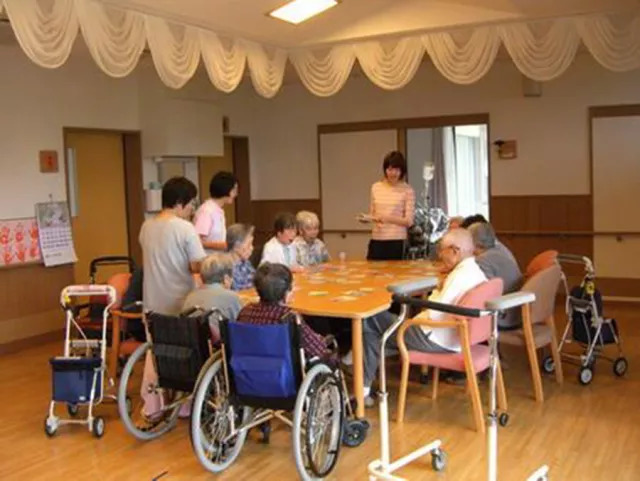
Easy to Match: Since the hall hosts various activities, the furniture should be compatible in style and function, such as small tables that can be combined into larger ones, and tables whose height suits wheelchair users.

Easy to Store: When switching functions, unused facilities should be properly stored. Foldable or easy-to-store furniture can significantly save storage space when not in use.
3. Accommodation of Various Staying Modes
Multi-purpose halls in elderly facilities serve as dining areas, activity rooms, common living rooms, and chess rooms, making them the most important public spaces. Activities in the hall are diverse, including standing, sitting, and reclining. Therefore, the hall should be equipped with suitable furniture to meet these varied needs.
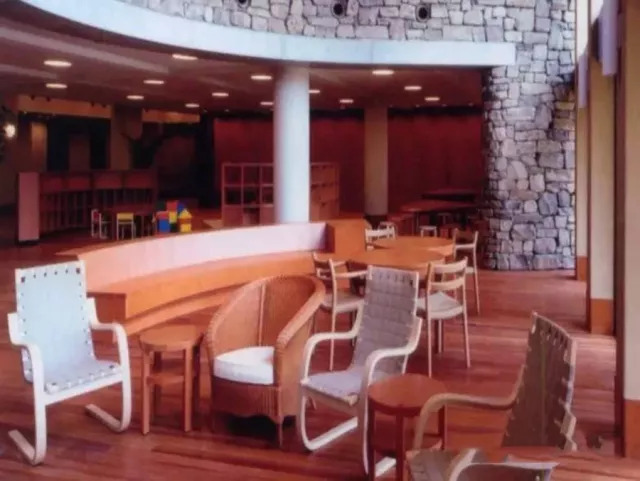
Diverse Public Chairs: The hall should offer various types of chairs (for sitting and reclining) to meet the diverse resting needs of the elderly. In selecting chairs, besides being lightweight and easy to assemble, the special requirements of the elderly should be considered to enhance their comfort and satisfaction.
Conclusion
In most elderly facilities, multi-purpose halls serve multiple roles, including dining areas, activity rooms, common living rooms, and chess rooms. These halls are the most important public spaces. Therefore, the ability of multi-purpose halls in elderly facilities to adapt and meet various needs directly determines the quality of the public space. Combining relevant research on multi-purpose halls, Hebei Kaokao proposes design suggestions based on three principles, aiming to contribute to the construction of elderly facilities.
RELATED NEWS
- Efficient Canopy Structures: Enhancing Gas Station Functionality and Aesthetics 2024-07-05
- Gas Station Construction Budget: How Much Does It Cost to Build a Gas Station? 2024-07-04
- Eight Key Factors in Aluminum-Magnesium-Manganese Roof Design 2024-07-04
- What Are Roof Purlins? What Are the Principles of Roof Purlin Layout? 2024-07-03
- Characteristics of Hangar Tents 2024-07-03
Categories
Latest News
Contact Us
Contact: Mr.Lu
Phone: +86-51668601029
E-mail: hbktech@163.com
Whatsapp:86+15152106218
Add: 1412, Building 2, Vanke Huaihai Xintiandi, Block 3, Quanshan District, Xuzhou City, Jiangsu Province
